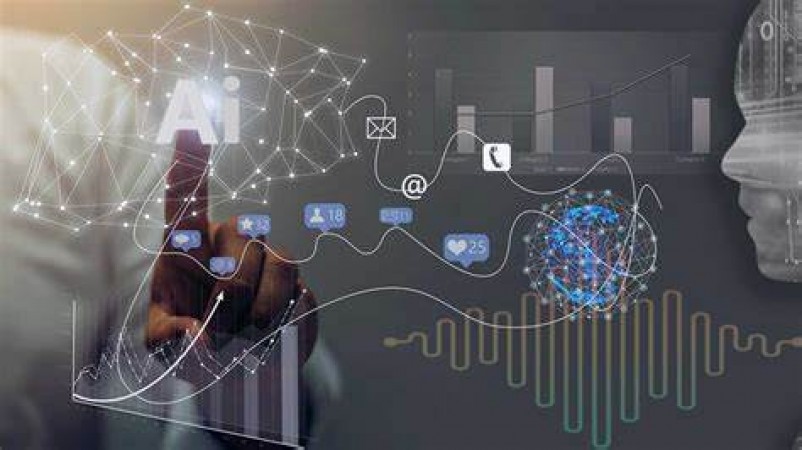
Language models have transformed the way we interact with artificial intelligence, and Chat GPT (Generative Pre-trained Transformer) stands at the forefront of this revolution. Designed to understand and generate human-like text, Chat GPT has come a long way since its inception. This article explores the journey of Chat GPT, from its initial version, GPT-1, to the cutting-edge GPT-4, delving into their significance and potential impact on various aspects of our lives.
GPT-1: The Pioneer
GPT-1, the first version of Chat GPT, made its debut as a breakthrough in natural language processing (NLP). Introduced by OpenAI, it demonstrated the ability to generate coherent text based on the input it received. While it was an impressive achievement, GPT-1 had its limitations. The model lacked context awareness and sometimes produced responses that seemed plausible but were nonsensical. However, it laid the foundation for the development of more advanced versions.
GPT-2: Breaking Barriers
The release of GPT-2 marked a significant milestone in the evolution of Chat GPT. With a staggering 1.5 billion parameters, GPT-2 showcased substantial improvements over its predecessor. It demonstrated a remarkable understanding of context, enabling more coherent and relevant responses. However, the release of GPT-2 also raised ethical concerns, as its potential misuse for generating fake news and misinformation became evident.
GPT-3: The Powerhouse
GPT-3 propelled the capabilities of Chat GPT to unparalleled heights. Boasting a staggering 175 billion parameters, GPT-3 demonstrated near-human-like language understanding. It showcased the ability to perform multiple tasks, including language translation, code generation, and even creative writing. The vastness of GPT-3's knowledge made it a game-changer, transforming numerous industries like customer service, content creation, and more.
GPT-4: The Cutting Edge
The latest iteration, GPT-4, represents the epitome of Chat GPT's evolution. With even more parameters and refined training techniques, GPT-4 has surpassed its predecessors in terms of accuracy and contextual understanding. It addresses previous limitations and exhibits a higher level of common sense reasoning, making it more dependable and trustworthy.
The Impact of Chat GPT
The advent of Chat GPT has revolutionized conversational AI. Virtual assistants powered by GPT are now capable of holding more natural and engaging conversations with users. This advancement has significantly enhanced the user experience across various applications, from chatbots to voice-activated assistants.
Moreover, Chat GPT has found applications in fields like content generation, customer support, and medical diagnoses. Its ability to process vast amounts of data and generate meaningful responses has transformed how businesses operate and interact with their customers.
The Future of Chat GPT
The potential of Chat GPT continues to expand as technology progresses. As models like GPT-4 continue to evolve, we can expect even more sophisticated language understanding and generation. However, with this power comes responsibility. Ethical considerations surrounding AI development must be addressed to ensure that Chat GPT is used responsibly and for the benefit of society.
The journey of Chat GPT, from its humble beginnings in GPT-1 to the advanced capabilities of GPT-4, is a testament to the incredible progress made in the field of natural language processing. These language models have become an integral part of our lives, and their continued evolution promises a future where human-machine interactions are more seamless and efficient than ever before.
Industry Trends and Predictions for the Next Decade
Robotics and Automation Revolutionizing Industries
Time Blocking The Ultimate Productivity Hack to Master Your Day